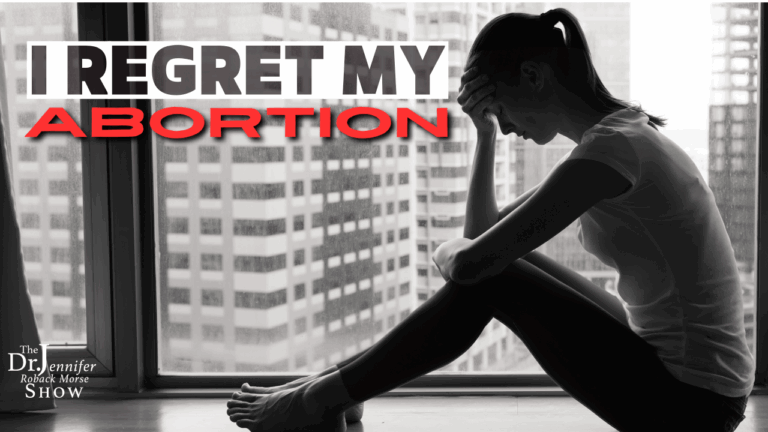MSNBC had this article on the lowering age of sexual maturity among girls. This article tracks an overall decline in the age of breast development. It reminded me of a series of papers I’ve read about the declining age of first menstruation. This MSNBC article doesn’t report on this, and the factors may be somewhat different. However, I have been following the decline in age at first menses because one of its strong correlates is the presence of an unrelated male in the household. By contrast, girls living with their biological fathers tend to have their first periods at a later age. There is a lively debate over the reasons for this correlation. But the correlation seems to be well-documented.
I like to point this out to people because 1) this is an impact of fathers on a daughter’s life that cannot possibly be culturally conditioned, and 2) it shows that we don’t understand everything about what parents “do” for their children. In this case, we don’t even know what we don’t know. this is a totally non-obvious finding.
We ought to be more respectful of Mother Nature before we go messing around with family structure.
Here are a couple of references:
Abstract: Girls growing up in homes without their biological fathers tend to go through puberty earlier than their peers. Whereas evolutionary theories of socialization propose that this relation is causal, it could arise from environmental or genetic confounds. To distinguish between these competing explanations, the authors used a genetically and environmentally controlled sibling comparison design to examine the effects of differential exposure to family disruption/father absence in a community sample of sister pairs. As specified by evolutionary causal theories, younger sisters had earlier menarche than their older sisters in biologically disrupted families (n= 68) but not biologically intact families (n = 93). This effect was superseded, however, by a
large moderating effect of paternal dysfunction. Younger sisters from disrupted families who were exposed to serious paternal dysfunction in early childhood attained menarche 11 months earlier than either their older sisters or other younger sisters from disrupted families who were not exposed to such dysfunction. These data suggest that early exposure to disordered paternal
behavior, followed by family disruption and residential separation from the father, can lead to substantially earlier enarch.
Abstract: The impact of father absence on early sexual activity and teenage pregnancy was investigated in
longitudinal studies in the United States (N=242) and New Zealand (N=520), in which community samples of girls were followed prospectively from early in life (5 years) to approximately age 18. Greater exposure to father absence was strongly associated with elevated risk for early sexual activity and adolescent pregnancy. This elevated risk was either not explained (in the U.S. study) or only partly explained (in the New Zealand study) by familial,ecological, and personal disadvantages associated with father absence. After controlling for covariates, there was stronger and more consistent evidence of effects of father absence on early
sexual activity and teenage pregnancy than on other behavioral or mental health problems or academic achievement. Effects of father absence are discussed in terms of life-course adversity, evolutionary psychology, social learning, and behavior genetic models.
Likewise, the MSNBC story about breast development at earlier ages does not offer definitive Explanations. but the hypotheses include increased body weight, and environmental factors:
The study revealed a surprisingly large bump in the number of girls going through puberty between the ages of 7 and 8. For example, the researches found that 10 percent of 7-year-old white girls had some breast development as compared to 5 percent in a study published in 1997. Similarly, 23 percent of the 7-year-old black girls had started puberty as compared to 15 percent in the 1997 study.
Nobody’s sure what is driving the declining age of puberty. But the rise in obesity could be at least partly to blame, says the study’s lead author, Dr. Frank Biro, director of adolescent medicine at Cincinnati Children’s Hospital. …
Back in the 1700s, girls didn’t start to menstruate till they were 17 or 18, Garibaldi says. That had a lot to do with malnutrition. The assumption is that the steady decline in age since then has to do with more abundant food.
There may be other environmental factors at work, too, says Dr. Stanley Korenman, an endocrinologist at the University of California, Los Angeles.
For example, Korenman says, environmental exposure to estrogens in plastics, chemicals and foods has been going up. “And estrogens do stimulate breast development,” he adds.
Are early breastdevelopment and early menses unrelated phenomena? The Heck if I know. But, this set of data ought to humble us, just a little.



